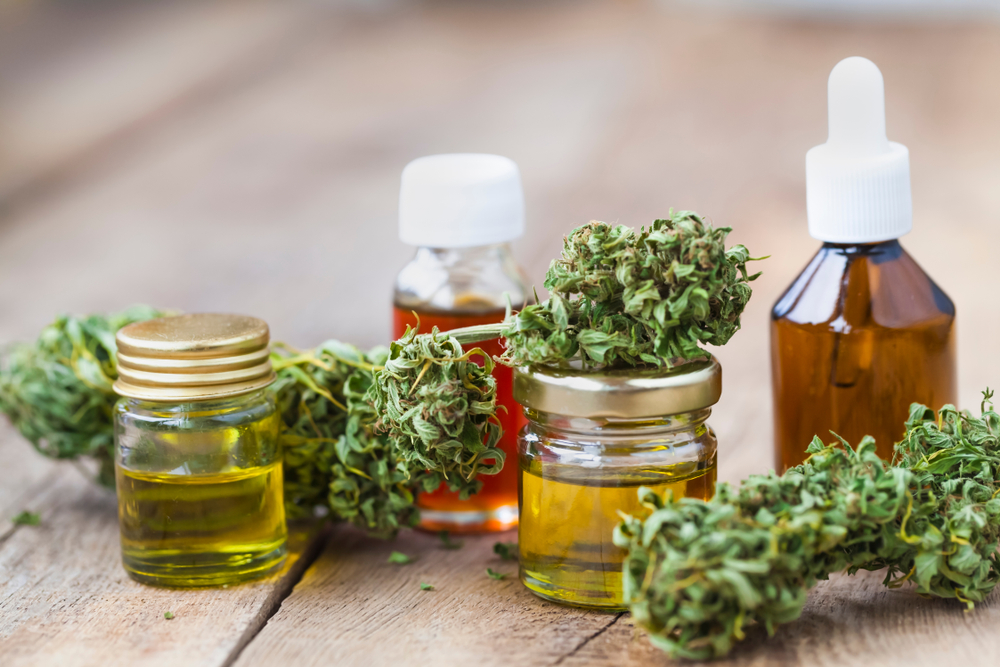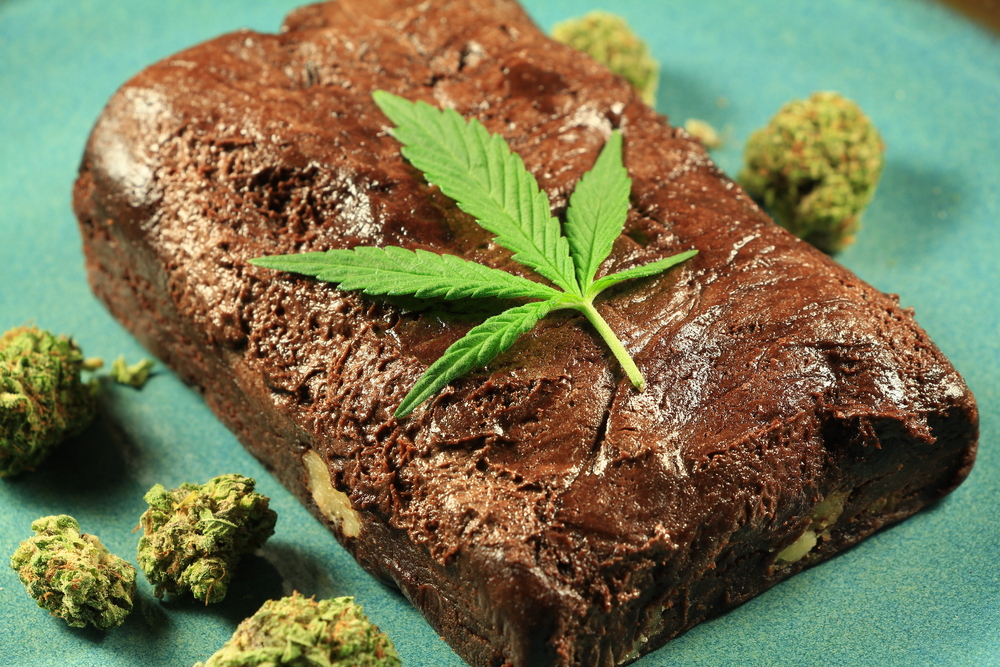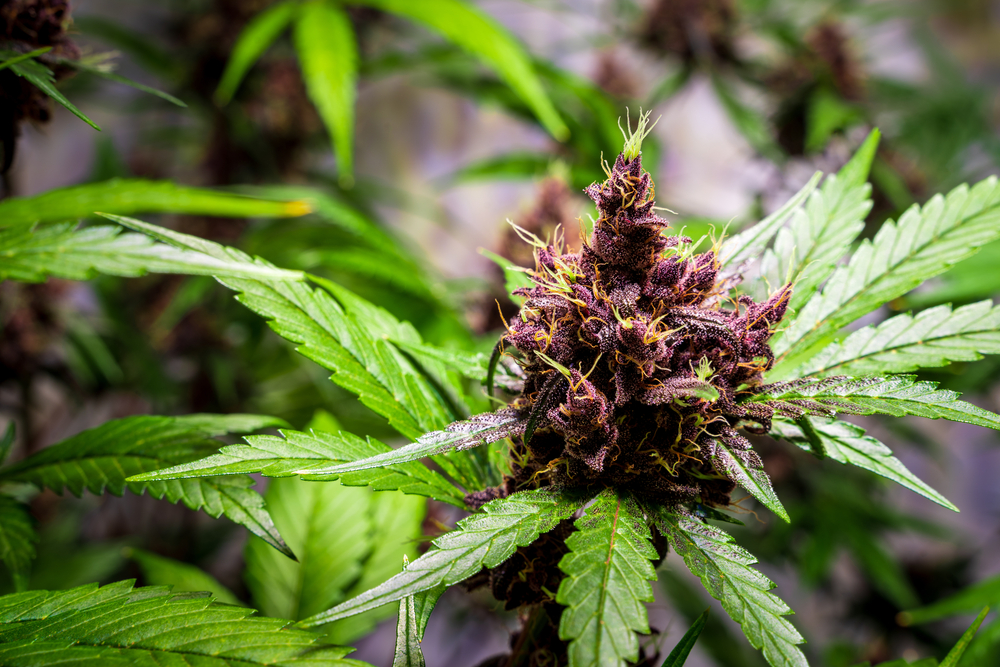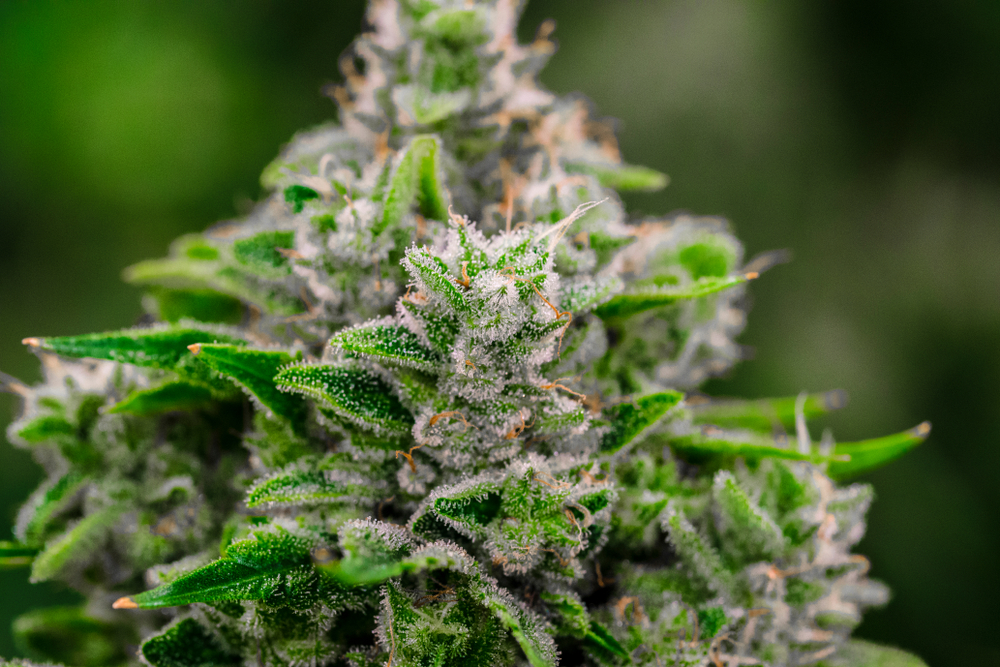Education
Cannabinol – A Potentially New “CBD?”
Cannabinol – you might not have heard of it, but you will soon.
Whenever you come across articles that tout the medicinal uses of cannabis, there are two active ingredients that steal the show— tetrahydrocannabinol (THC) and cannabidiol (CBD). These compounds are probably the most well-known among the cannabis community, and you’ve likely heard about some of their benefits.
CBN, a lesser-known cannabinoid, has largely been overshadowed by the other components within the marijuana plant due to the nature of its production. Though the body of research is still growing, the things that are being uncovered about this compound are astounding.
So to anybody that is serious about learning more about cannabis and its healing properties, it’s important to find out more about some of the compounds. If that’s what you’re looking for, then you’ve found the right place!
What Exactly is Cannabinol?
Researchers have been aware of CBN’s presence in cannabis plants for a while now. However, due to funding issues, the research has never been advanced any further to the point that it is at today. Due to the changing perceptions of cannabis in academia, it’s beginning to attract curious minds and the body of research continues to grow at a historical pace.
CBN has been known to work in tandem with both THC and CBD in therapeutic trials. There is evidence to show that cannabinol can help to reduce intraocular pressure in the eyes as an alternative solution to Glaucoma.
CBN is one of many minor cannabinoids produced in the cannabis plant. Over the plant’s growing cycle, some THC begins to oxidize and begins to change its chemical structure into CBN.
At the time of writing this article, CBN is not listed in the controlled substances act of the United States. However, CBN has been considered an analog of cannabidiol (CBD) and/or tetrahydrocannabinol (THC). Since the chemical can still be directly linked with cannabis (Schedule I substance) under this act, it might be tricky for the researchers to find the funding they need.
How Do I Find CBN?
As mentioned earlier, a cannabis plant has a naturally occurring cycle that converts some THC into CBN due to oxidation. Therefore, if a plant is exposed to an excessive amount of heat, light, or oxygen it can potentially lead to higher amounts of CBN. Not only does this apply to a plant’s growing cycle, but also during the storage and curing phases in production. If a plant is mistreated at the production level, the CBN content will be higher.
Strains that are high in CBN are uncommon compared with ones rich in THC or CBD because most consumers prefer cannabis that is fresh as opposed to older. This gives rise to a new market, which can sell CBN-rich products to those who read about the perks associated with its consumption and would like to reap the rewards.
However, these products can be quite troublesome to find since CBN is typically cultivated from aged cannabis flower and in significantly smaller quantities when compared with other cannabinoids. If this is the case, CBN is not as hard to come by as you may think. You will simply have to allow your cannabis bud to age and oxidize under your supervision.
Potential Benefits of Cannabinol (CBN)
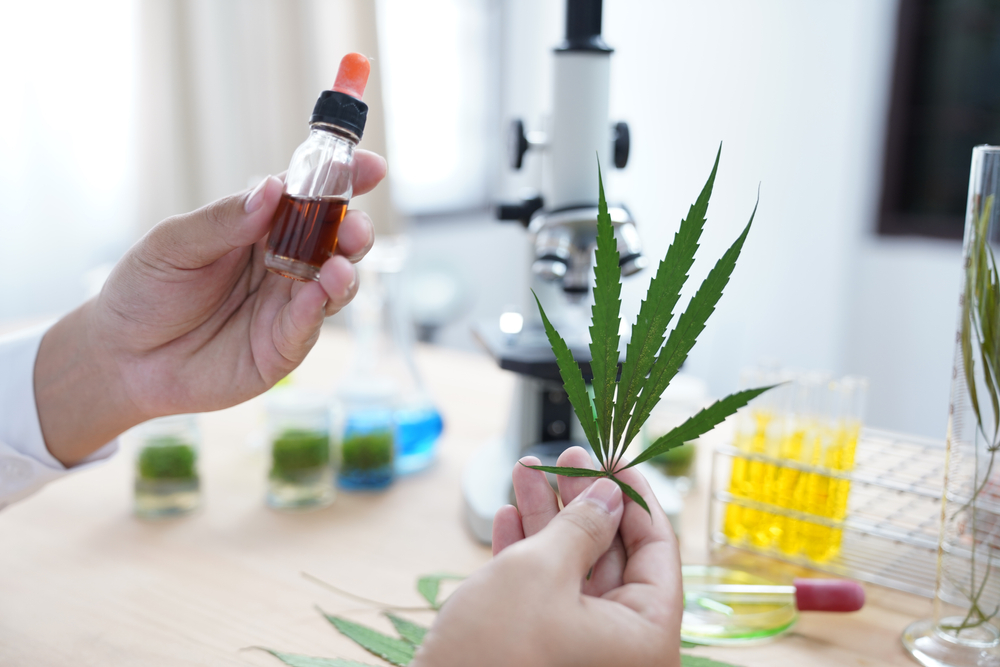
As more research is done on this chemical, we are learning about more ways to use CBN. For the time being, CBN has promising properties to help treat patients with insomnia as a proper dosage offers sedative-like symptoms to ease people into slumber. Research also shows evidence of this cannabis-related compound to have the ability to decrease inflammation, pain reduction, and anti-bacterial attributes.
Much like other cannabinoids, CBN can also be used alongside its counterparts to complement the healing properties of it, or other substances like CBD or THC. An article from 2011 found the combination of CBN and THC were effective in sedating patients who were having trouble sleeping.
This is a promising find because of the rising concerns with the use of unnecessarily strong medications for patients with mild to moderate symptoms. Additionally, it also opens options for patients who are more comfortable with naturopathic medicine but maintain the same level of care. The study also suggested that CBN has a therapeutic use on its own. It can be used to treat mild issues like insomnia and act as an anti-inflammatory.
Generally, as cannabis ages, it loses some of its potency because the THC within the plant matter begins to oxidize. Although it may sound like a bad thing at first, this could also prove to be a benefit to most people. Cannabinoids have different effects and consequences when different proportions are mixed and matched.
These varying effects explain why certain strains provide you with different feelings and emotions during your high. This is also known as the entourage effect.
So after your cannabis oxidizes and changes in its chemical composition, the high may not be the same, but it could offer some other benefits to you. Chief Scientist Jeremy Riggle explains that CBN is a non-psychoactive chemical which has a tenth of the potency that THC has on the human mind.
This is due to CBN’s weaker affinity to CB1 receptors compared with something lie THC. In other words, THC is much more prone to binding with these receptors in your brain than CBN molecules are, which is why it’s mainly responsible for the high when you smoke weed.
When CBN is paired with CBD, it can be used as a non-psychotropic alternative for patients who are experiencing troubles with sleep. As mentioned earlier, CBN contains the abilities to enhance the effects of other cannabinoids and makes their effects more prominent. It is known that CBD is a non-psychoactive treatment for pain and sleeplessness.
When paired together, these two cannabinoids have the potential to treat chronic-severe patients due to their heavy sedative characteristics. However, more research is needed in this subject matter before it should be used in clinical practices.
Side effects of Cannabinol (CBN)
Like most other medicines and drugs, the user may experience some adverse effects to CBN. The current literature about CBN suggests that the side effects are similar to that of CBD. It goes without saying that if one consumes more than they’re supposed to use, they will encounter more intense side effects.
These can include:
- Dizziness
- Feeling sluggish
- Drowsiness
- Loss of appetite
- Fatigue
CBN vs CBD – What is the Difference?

Up until this point, it is almost as if CBN and CBD were used interchangeably throughout this article. To the untrained eye, they do share many similar traits and benefits but there are stark differences when they’re closely examined.
CBN
Cannabinol is a mild psychotropic compound that shares some therapeutic properties with CBD such as its sedative effects. It is only slightly psychotropic because it has a significantly weaker affinity to the CB1 receptors in the brain. In relation to THC, cannabinol has one-tenth of the psychoactive strength. What sets it apart from many of the other cannabinoids is its ability to complement them for their various applications.
CBD
CBD is among many other different cannabinoids but, by far, one of the most abundant within the cannabis family. When most people think about therapeutic treatments with cannabis, they typically default to the usage of CBD and rightfully so.
In the United States, where cannabis use has yet to be regulated, CBD has been used since it can be derived from hemp. Hemp is used since it does not contain any of the psychoactive properties typically found in marijuana plants (e.g. THC). These products can be found in products ranging from cooking oils to hand creams and are highly regarded for their therapeutic applications. In the medical community, CBD may be an alternative treatment option for mild anxiety, pain, and might even help with depression.
The Differences Between the Two
Now that the individual understanding of each cannabinoid is established, it’s important to analyze the differences that they have. Though they both come from the cannabis plant and may be similar in many other regards, they differ in their method of production and effects.
As we mentioned before, CBN production is typically non-intentional and is a byproduct of THC oxidization. This process can be accelerated if the plant matter is exposed to light, heat, or oxygen. Therefore, if a cannabis product is left out in the sun for too long, it will have much higher CBN levels compared with its newly harvested counterparts.
The main difference between the two in terms of production is that CBN cannot be directly targeted for genetic manipulation like how CBD can. In order for growers to increase their CBN potency, the cannabis plant must age naturally and allow the THC to oxidize (i.e the environmental factors dictate the potency). On the other hand, the CBD composition of a cannabis plant is linked with its genetic architecture. Consequently, CBN can be much more time consuming to grow, since the THC must slowly convert into CBN as opposed to CBD where it’s being bred with high amounts.
Not only are their growing processes different but the two compounds can have different applications in what they treat as well. CBD is great for those with an overactive mind and thus, helps to treat with insomnia, depression, and anxiety. CBN offers similar utility but centered more around issues with sleep deprivation. It presents the user with a more sedative feeling, partly due to its minute psychotropic effects.
Concluding Thoughts on Cannabinol
The body of knowledge on cannabinol is ever-growing from the changing perceptions of cannabis culture. Although it is not a cure-all solution as some may claim, it still may be a partial fix for some.
Like most other things in the cannabis industry, the true utility of CBN has yet to be discovered and will remain that way for quite a while. Surely, it offers some medical solutions as well as some recreational and it could be the patients’ preferred option over conventional methods.
Hopefully, this article was helpful in answering your curiosities and inquiries about cannabinol and its future potential!



